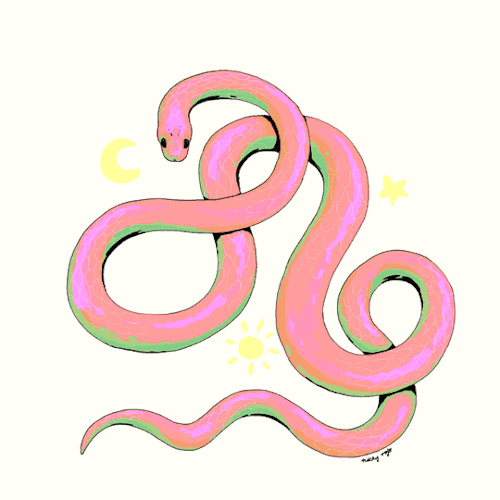Reading to Learn
Ssssummarizing Snakes!

Rationale:
Summarizing is a crucial part of reading comprehension, especially for beginning readers. By teaching students to edit the text to important information or creating a topic sentence to help solidify the main idea of the text, we can help them remember how to understand what they are reading rather than focusing on insignificant or repetitive details.
Materials:
-
Pencils
-
Summarization poster with:
-
Get rid of unnecessary information
-
Pick out the most important information
-
Write one or two sentences that include the important information and draw conclusions about the passage
-
-
Overhead/SMART board article to pull up: King Cobra (National Geographic)
-
Copies for class: Puppy Battles Big Snakes
-
Assessment checklist of everything on summarization poster (For teacher use)
Procedures:
-
Explain to the children why summarization is important. Say: “Sometimes when we read a story, we can get a little nervous about remembering every detail. When we try to hold all of this information in, it can become difficult for us to understand the big picture of the story. By using summarization, we can pick out the pieces of the story that are important for us to remember so that we can draw conclusions about the story.
-
Discuss the different components of summarization. Say: “In order for us to be good readers and good summarizers, we need to understand a few guidelines: First, we need to remove any unnecessary information. Second, we should pick out the most important points from what we are reading. Lastly, we should write one or two sentences to put these important ideas together and make conclusions about what we have just read.”
-
Say: “Let’s use these guidelines that we just learned and put them to good use! We are going to read an article about King Cobras, and I will show you how to summarize.”
-
Introduce the article with a book talk. Say: “An important idea that this article talks about is the relationship between predators and prey. Keep this in mind as we are reading the article and trying to summarize all the information! King Cobras are known as some of the most deadly snakes that we know of today. We know that they use their venom to hunt their prey, but what some people may not know is that they have a bit of a sweet side! Let’s read the article to find out what I could mean by that.”
-
Say: “Here is a paragraph from the story:
-
‘King cobras are venomous snakes that live in South and Southeast Asia. The reptile makes its home in forests and swamps. It can grow up to 18 feet long. And the animal's toxic bite is powerful enough to kill an elephant.’”
-
-
Say: “This story is about the King Cobra and how it hunts and kills its prey, but what is some information that we could leave out, knowing that we should be looking for information about predators and prey? I can remove all the minor details like the fact that they live in South and Southeast Asia, the exact length that they can grow to be, and the fact that they could kill an elephant. I am left with: King cobras are venomous and live in swampy areas. They can grow to be very long, and their bite is extremely toxic. I deleted all the smaller details, and now I have my topic sentence: King cobras are snakes with very toxic bites that live in wooded areas and grow to be very long.”
-
Say: “Now I want you to try these summarization techniques on the next paragraph:
-
‘While cobras can become aggressive when hungry or threatened, they know how to make their families feel at home. These are the only snakes that build nests for their eggs. How ssssweet!’”
-
-
Say: “What is some information that you think can be taken out? (Wait for student’s response). That’s right! The first sentence about how the snakes can make their families feel at home is just extra description. What are we left with? Yes! They are the only snakes that build nests. That sounds like a great topic sentence!”
-
Say: “Now I want you to use these skills to summarize a different article about a puppy who battles big snakes! You will use the guidelines we talked about and your new summarization skills to create a topic sentence for each paragraph. Once you are finished, look back to the board at our three guidelines and check your neighbor’s work. I will be using these three guidelines to assess your summaries, so be sure to give your neighbors tips and ask questions if you don’t understand. Remember that the goal of this is to make us feel more confident in our reading skills, so do not be nervous about writing down the wrong information! Summarization is meant to help us better understand the stories we read. You all will turn your work into me once it has been checked by a neighbor. I know you can do it!”
References:
Long to Short: Amanda Gluckman
http://www.auburn.edu/academic/education/reading_genie/projects/gluckmanrl.html
Sailing Through Summarization: Carly Grisham
http://carlymgrisham.wixsite.com/mscarlyreading/reading-to-learn
King Cobra: National Geographic
https://kids.nationalgeographic.com/animals/king-cobra/#king-cobra-hood.jpg
Puppy Battles Big Snakes: National Geographic
https://kids.nationalgeographic.com/explore/adventure_pass/amazing-animals/puppybattles-big-snakes/
